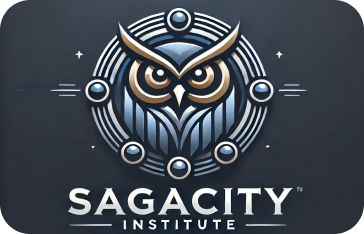Teach Your Children Well

A quarter of a century ago, Malcolm Gladwell wrote “The Tipping Point.” It was a runaway best seller. “The Tipping Point” remains a touchstone for those wishing to understand the process of change, identify its precursors, and position themselves to thrive in the new reality.
In his book, Gladstone defines a tipping point as “the moment of critical mass, the threshold, the boiling point.”
Just about everyone has heard about the “boiled frog” story. According to the story, a frog will immediately jump out of a pot of boiling water if dropped inside. If dropped into a pot of warm water, however, and the temperature is slowly increased to the boiling point, the frog will not perceive the danger and will end up being boiled.
The “boiled frog” syndrome is a useful metaphor for recognizing risks and making drastic changes to your environment before it is too late. Who wants to be a boiled frog? Or to be the parent of one?
In calculus, this phenomenon is called an inflection point. The term is now used outside of mathematics to describe a moment of impending dramatic change.
We are fast approaching just such an inflection point in education. Dematerialization, education on demand, game-changing competition, and the emergence of essential skills and technologies are changing the playing field every day.
Relying on dated educational concepts and methods does not fit the demanding realities of today’s world. Like the stockbroker ads say, “Past results do not ensure future performance.” Yesterday’s solutions will not fulfill tomorrow’s requirements. Once you fall behind, it will be impossible to catch up.
“Did You Know 2025?” says we must “prepare students for industries yet to exist, to use technologies yet to be invented, and to solve problems not yet identified.”
That is a daunting task, but it reflects the impending reality facing the next generation. Casting a blind eye toward the risks ahead is a fool’s errand.
Are your high school and gap year student children aware of the transformational changes now occurring? Will they be ready to meet the challenge with the necessary tools to succeed in the days to come?
Will they have the critical thinking, digital literacy, design thinking, artificial intelligence, emotional intelligence, cultural intelligence, cyber threat awareness, and more than a dozen other skills that receive little or no instruction from traditional educational courses?
The Sagacity Institute teaches these concepts and skills and how to prepare students to use them to succeed in the future.
The precarious times ahead dictate that we lean forward. And leaning forward requires learning forward. Lifetime learning is grounded in continuous learning, and that is what the Future Skills course is all about.
Your children look to you for direction and support. Graham Nash hit the nail on the head when he wrote “Teach Your Children,” which was released by Crosby, Stills, Nash & Young in 1970. The song’s lyrics begin:
You, who are on the road,
Must have a code
That you can live by,
And so become yourself
Because the past is just a goodbye.
Teach your children well.
That song and those words still ring true today.
The past is just a goodbye. Teach your children well.
Recognize the inflection point just ahead. Remember what happens to the frog if you do not act decisively before the tipping point occurs. Don’t let your children down. They are depending on you.
It’s time to get on board with Future Skills at the Sagacity Institute.
